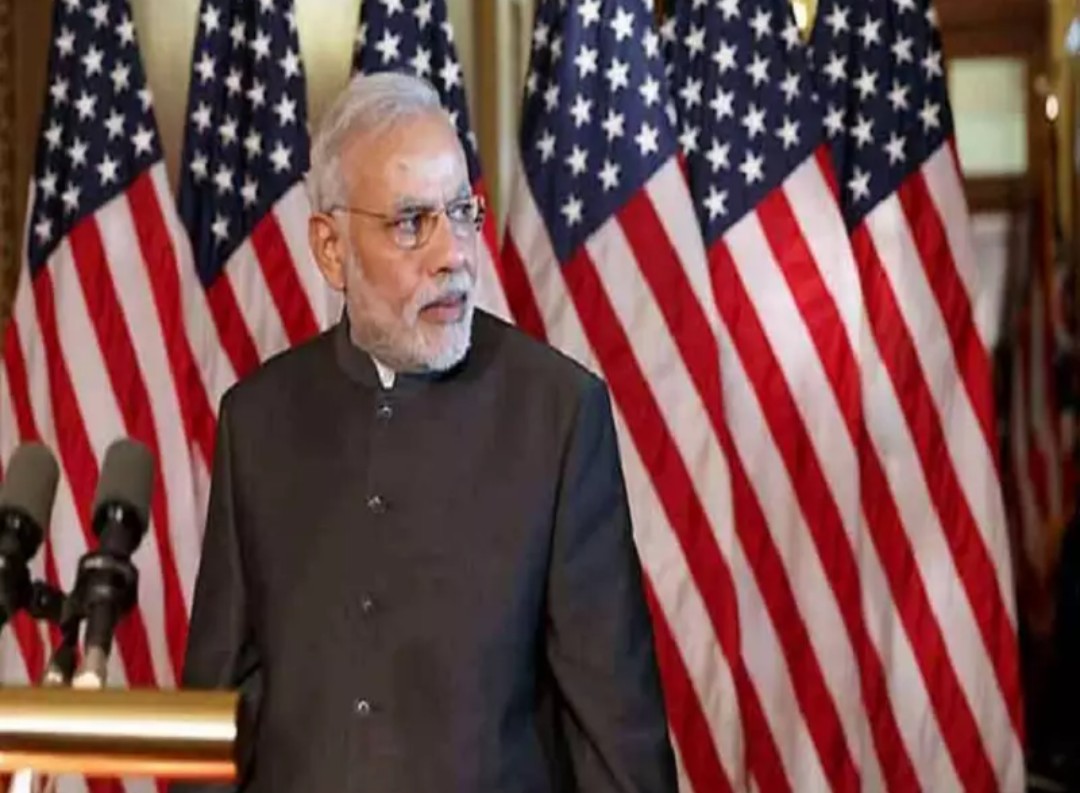U.S. virologist expresses concern about India’s crowded urban areas in low-income neighbourhoods where people are forced to live in proximity
As the world continues to grapple with the debilitating human toll and economic consequences of the ongoing COVID-19 pandemic, Peter Hotez, Dean for the National School of Tropical Medicine and a Professor at the Departments of Paediatrics and Molecular Virology and Microbiology at the Baylor College of Medicine in Houston, speaks about the state of play in the battle against the novel coronavirus.
What is the current situation in the U.S., where President Donald Trump recently said fatalities could reach 1,00,000. Why did the numbers spin out of control this way and is there hope that the curve can be flattened?
There is quite a bit of concern here. It really took off because the virus probably entered the U.S. earlier than we suspected. A national emergency was not declared until the middle of March. It is likely that the virus entered the U.S. in early February, back-tracing it. That means that transmission went on for about six weeks before any efforts for social distancing were implemented. We know from the models that it produces tragedy and makes the difference between having thousands of patients in your intensive care units and local hospitals, versus having just a handful.
What treatment options could have a scalable impact? We are hearing hopeful accounts of Remdesivir…
Vaccines offer the greatest promise for protecting large populations at risk, like in India. The problem with vaccines is also that they are the highest bar to achieve because with a vaccine you are generally injecting healthy individuals to prevent them from getting sick. So, you have to be absolutely pristine, in not only showing that the vaccines work, but also your safety profile. That is what takes time. In the meantime, there are some new, promising treatments on the horizon.
I am very excited, for instance, about convalescent plasma. It is a relatively low-tech solution which involves identifying individuals who have recovered from their COVID-19 and have antibodies. The problem is that it is hard to scale because it requires you having a base of patients with the illness.
In India, while the number of infections continue to rise, the government moved aggressively to impose a nationwide lockdown. Could the fact that we are not seeing the sort of fatality numbers that you did in the U.S. be down to India facing a different coronavirus strain?
I do not think it is going to turn out to be a coronavirus strain issue. It is possible that this is a new virus pathogen. But I think it is most likely because India did implement some social distancing early on. So, India may have mitigated the worst aspects of this.
But I would say that we should not be complacent, because I am still worried for India. The reason for that is that you are moving into the summer months and we know that sometimes in tropical countries, the global south, or in places like South Asia, Africa, Australia and South America, sometimes for influenza the seasonality is inverted. I think you have to assume the potential for things to get much worse as you head towards July and August. I am particularly worried about India’s crowded urban areas in low-income neighbourhoods, where people are forced to live in proximity, including in Mumbai. I am holding my breath because I still do think India could get hit very hard.
Should we be worried about reports from New York about COVID-19-positive children succumbing to symptoms that resemble Kawasaki disease?
It caught us a bit off-guard because in China we did not hear much about paediatric syndromes. Our understanding was that children were mostly handling the virus pretty well, not getting very sick, with the exception of about 10% of infants. These symptoms first came out of the United Kingdom and then we saw them in New York, a syndrome that looks like vasculitis, an inflammation of the blood vessels, linked to this virus, maybe later on in the course of the illness. This Kawasaki-disease-like syndrome is still not common — there have been about 100 cases in New York.
We are also seeing, unfortunately, a lot of cases in the U.S. among adults, of clotting defects, which we are trying to understand. We are seeing lots of different types of thromboses, or clotting of the blood, leading to blockage, which in turn lead to strokes, pulmonary emboli, and may be associated with coronary artery thrombosis, giving people heart attacks.
If there is one broad lesson of the COVID-19 pandemic for developing countries such as India, is it to be better prepared for future events of this sort in terms of creating a sufficient pandemic preparedness?
This is not unique to India. Every nation on the planet has to learn some lessons from this. But things will change after this pandemic. India has an enormous amount to offer. I continue to be impressed by the quality of some of the universities in India.
I am impressed with its capacity for innovation, especially around vaccines. India is an example of what a country can do even despite its levels of poverty, in terms of over-achieving and having an impact in terms of pandemic preparedness.
With inputs from The Hindu

